We love traveling at the Shop & Enroll blog. It can expand your perspective, keep you learning and active, and create memories that last a lifetime. However, a big journey can be daunting without help. We want to be that help, making sure you don’t miss a thing while you’re exploring this wide world we call home. Throughout this series, we’ll offer you tips on where to stay, what to see, and what to try, as well as answer some important questions. All opinions and facts in this article are through extensive research and personal experience. We have not received sponsorships or remuneration for our support or opinions.

So, you’ve retired, saved your money, and now you want to see the world. We’ve already covered why Rome is an incredible senior trip choice, but Paris should absolutely be near the top of your list as well.
Paris is one of the major tourist cities of the world, and for good reason. The City of Lights has it all. It boasts one of the finest food scenes in the world, featuring both fine dining and more relaxed bistro places. It has perhaps the greatest collection of art of any city on the planet. And, it competes with Milan and New York as the world capital of the fashion industry. Everywhere you go in the city has a rich history or culture that you can just take in.
If Paris isn’t on your list of cities to visit, especially in your retirement, you may want to add it. We think you’ll be sure to find something you’ll adore.
Why Paris is One of the Best Places for a Senior Trip
As we mentioned, Paris has everything a senior could want to see during a trip abroad, no matter their interests. It doesn’t hurt that it also has some of the most recognizable landmarks in the world. If you’re worried about missing something because you don’t want to walk that much, fear not! Paris has a wide range of bus tours and Seine River cruises that allow you to see the city at ease!
Speaking of touring the city, Paris is also incredibly easy to get around. While you can walk to many of the world-class sites, Paris makes it simple for you to traverse without walking. Paris’ metro system is one of the simplest to navigate, with maps, stops, and routes clearly noted. Using the metro or RER, you can get almost anywhere in Paris! The trains are also affordable to take, with a variety of ticketing options available and even unlimited travel passes for set numbers of days. If you don’t want the metro, taxis and Uber are available in the City. You can also rent electric scooters and bikes. All told, Paris combines interesting and legendary sights and activities without making it difficult for you to enjoy!
Where to Stay
There are many places you can stay in Paris that are enchanting. We’ve picked out three that are affordable, well-located, and safe. Regardless of where you’re staying, research the property and location ahead of time to ensure it will fit your needs.
7th Arrondissement
If we had to pick two locations in Paris where our readers may want to stay, one of them would be the 7th Arrondissement. Paris is broken into twenty arrondissements (districts). Many of the things people think of when they picture Paris are in the 1st, 4th, 6th, and 7th Arrondissements. We selected the 7th for the number of hotel or housing options, the proximity to public transit options, and the fact it’s on the Left Bank. Not only is the Eiffel Tower located in the 7th, there’s also the Champs de Mars, Musée d’Orsay, and Hôtel des Invalides.
Montmartre

Our other top location pick in Paris would be Montmartre. Montmartre is a picturesque neighborhood that used to be a haven for the artistic and bohemian community of Paris. It maintains the same vibe today, and you can even see the apartment Vincent Van Gogh lived in with his brother! It’s also the home of many cabarets like the famous Moulin Rouge. While it is outside of central Paris, you can easily catch one of the many metros or RER trains into Paris in a matter of minutes. If you struggle with fitness, it’s important to note that Montmartre can be very hilly in areas. That said, if you’re not staying here, you should definitely visit!
Les Halles District
Originally the home of a large market, Les Halles used to be a bit run down, considered “the belly of Paris.” After major reconstruction and redesigning efforts, this area is safer, cleaner, and cleared of much of the less-family-friendly elements. It’s less expensive than other areas of Paris, but the biggest benefit of the Les Halles district is its location; it’s within walking distance of most of historic Paris, and what isn’t within walking distance is easily accessible through the massive Châtelet–Les Halles station. From there, you can get to almost anywhere in Paris or even outside (think Disneyland Paris). Most of the main streets and bars in Les Halles are also well-lit and bustling, allowing you to feel comfortable at any time of day. All of this can make it an excellent basecamp for your stay!
What to See
Since Paris is remarkably safe, with pickpocketing being the most common crime, you can feel comfortable wandering the city, especially during the day. If you’re looking for a few specific things to do, you have many great options. We want to make a special mention for Montmartre again, covered in our Where to Stay section, but here are a few other sights to check out while you’re in Paris.
The Louvre
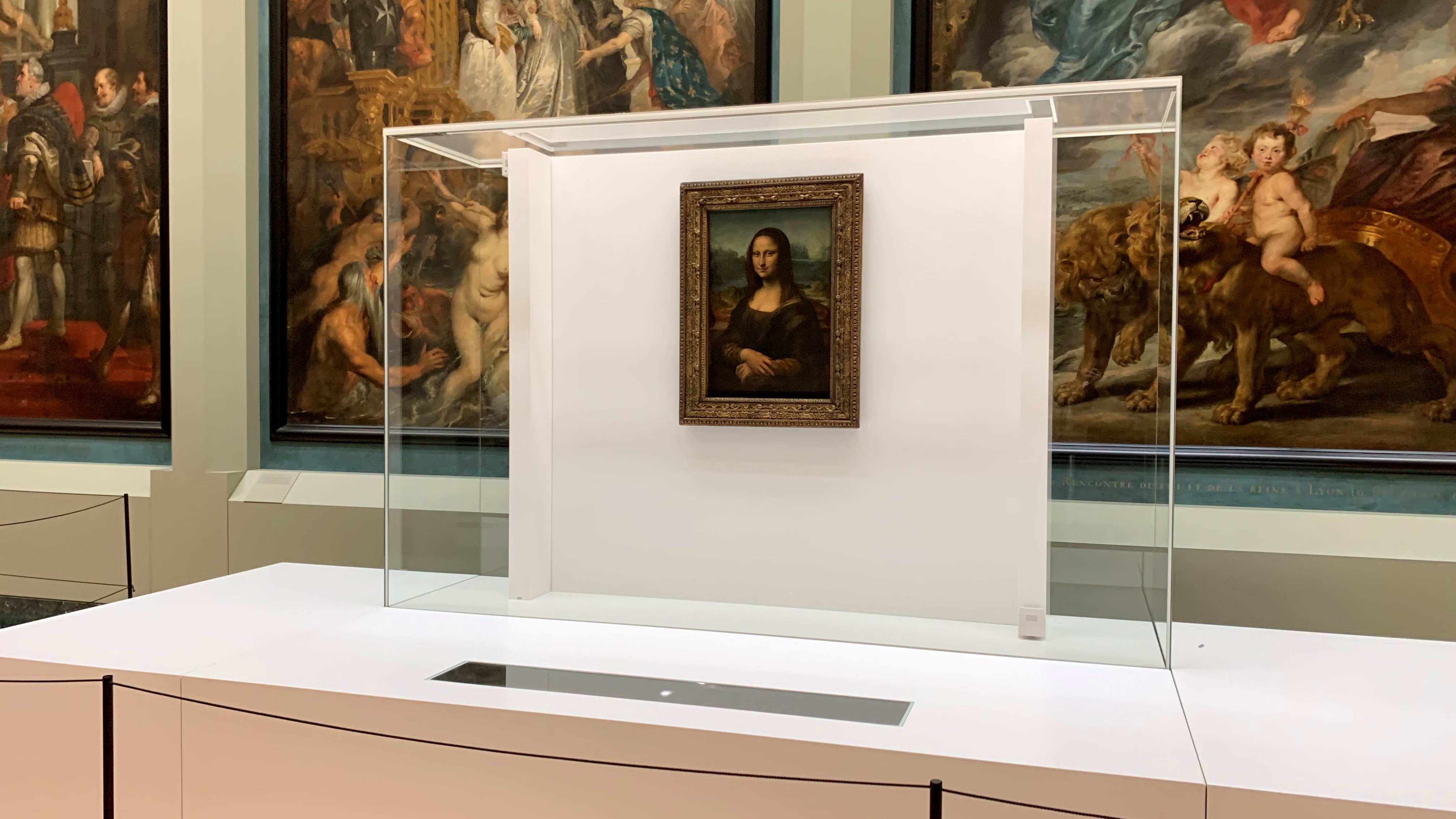
Whether you’re an art-lover or not, the Louvre is a must-see for anyone visiting Paris. Originally a fortress and palace for the royal family of France, the Louvre is the largest museum in the world, with over 72,000 square meters of gallery space and roughly 38,000 pieces of art! Some of the most famous pieces of art are housed there, like Leonardo da Vinci’s Mona Lisa and The Winged Victory of Samothrace. There’s also a wide array of world-famous exhibits and history, including the Louvre Pyramid, which can be spotted from the plaza. Unless you’re spending multiple days exploring, you won’t see it all. For this reason, we suggest getting a tour of the Louvre from a guide, who can take you to the must-see sections before cutting you loose to explore the place on your own!
The Île de la Cité & Île Saint-Louis
History fans and ice cream lovers will want to make a beeline for the Île de la Cité and the adjoining Île Saint-Louis, one of the quaintest areas of Paris. The Île de la Cité, or island of the city, is considered the epicenter of Paris, where seeds of the city first took root. Today, you can find many of the oldest and historical parts of Paris there. First, the Notre Dame Cathedral looms largely over the island and surrounding neighborhood of the Latin District. Severely damaged in April 2019 by a fire, the ambitious repair schedule aims to reopen the cathedral to visitors in 2024. Nearby is the gorgeous Sainte-Chapelle, an iconic church famous for its stained-glass windows. And by getting a combination ticket, you can also get into the nearby Conciergerie, a courthouse and prison that at one time served as the jail for Marie Antoinette, among other enemies of the Revolution. Lastly, don’t miss out on the Square du Vert-Galant, the memorial of Grand Master Jacques de Molay of the Knights Templar, the Equestrian Statue of King Henri IV, and Pont Neuf!
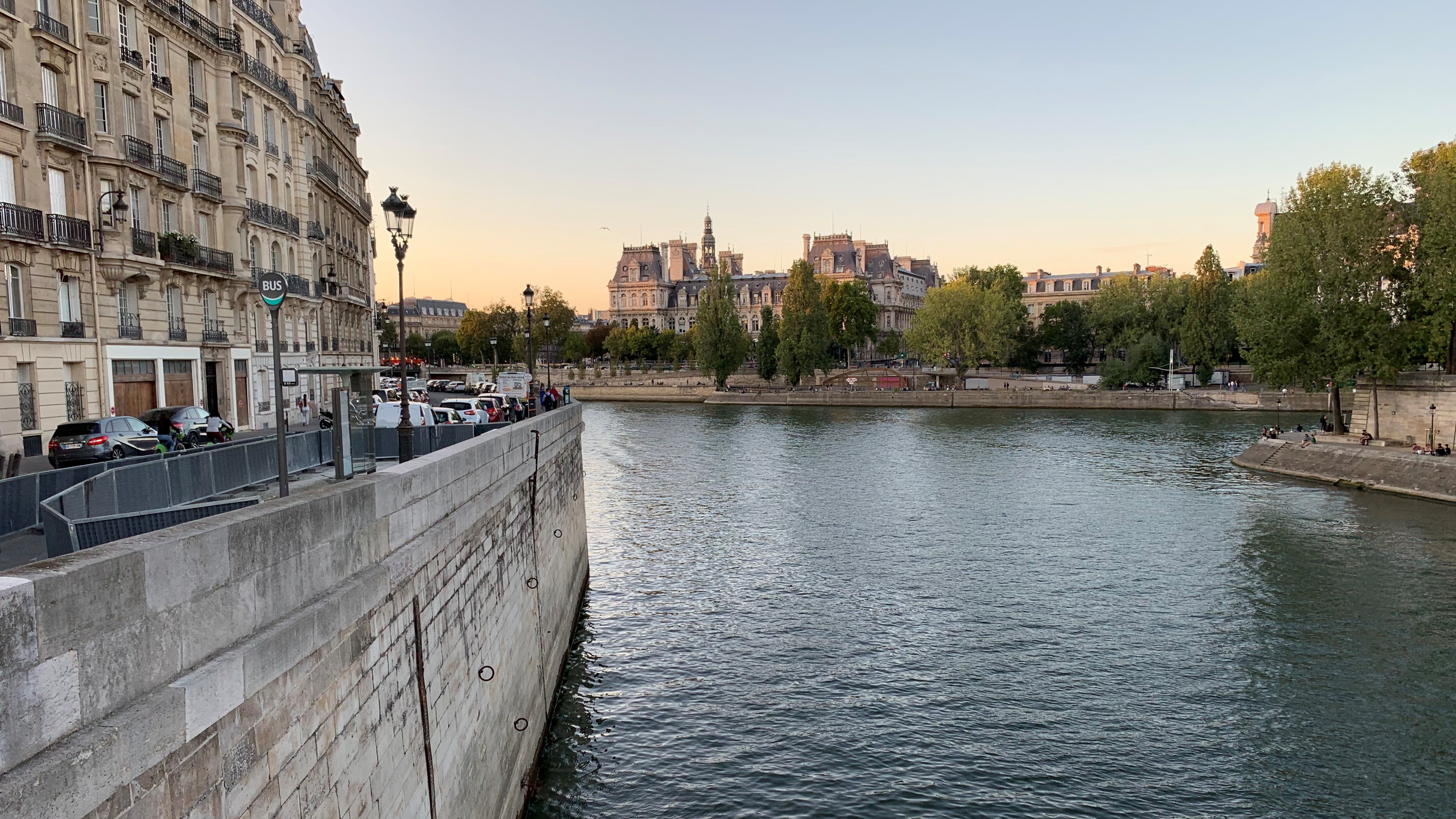
Once you’ve wandered the island, hop across the Pont Saint-Louis to the Île Saint-Louis. The sister island of Île de la Cité, Île Saint-Louis is packed with little boutiques, delicious restaurants and cafes, and some excellent views (especially at sunset). It’s one of the most quintessentially “Paris” places in the center of the city. If you’re a fan of ice cream, you won’t want to miss Berthillon. This much-sought-after ice cream has been a family affair since 1954. While you can find Berthillon ice cream around the city, it’s best straight from the source on Île Saint-Louis.
The Eiffel Tower
Built in 1889, the Eiffel Tower was originally hated by locals, who believed it didn’t fit the city’s style. Despite that, it stuck around and now over seven million people visit it each year. In front of the Eiffel Tower stretches the Champ de Mars, a massive park where locals relax, picnic, and people-watch. Scattered throughout the tower are shops and restaurants. And, of course, you can take the famous lifts to the observation decks for views of Paris that are difficult to rival.
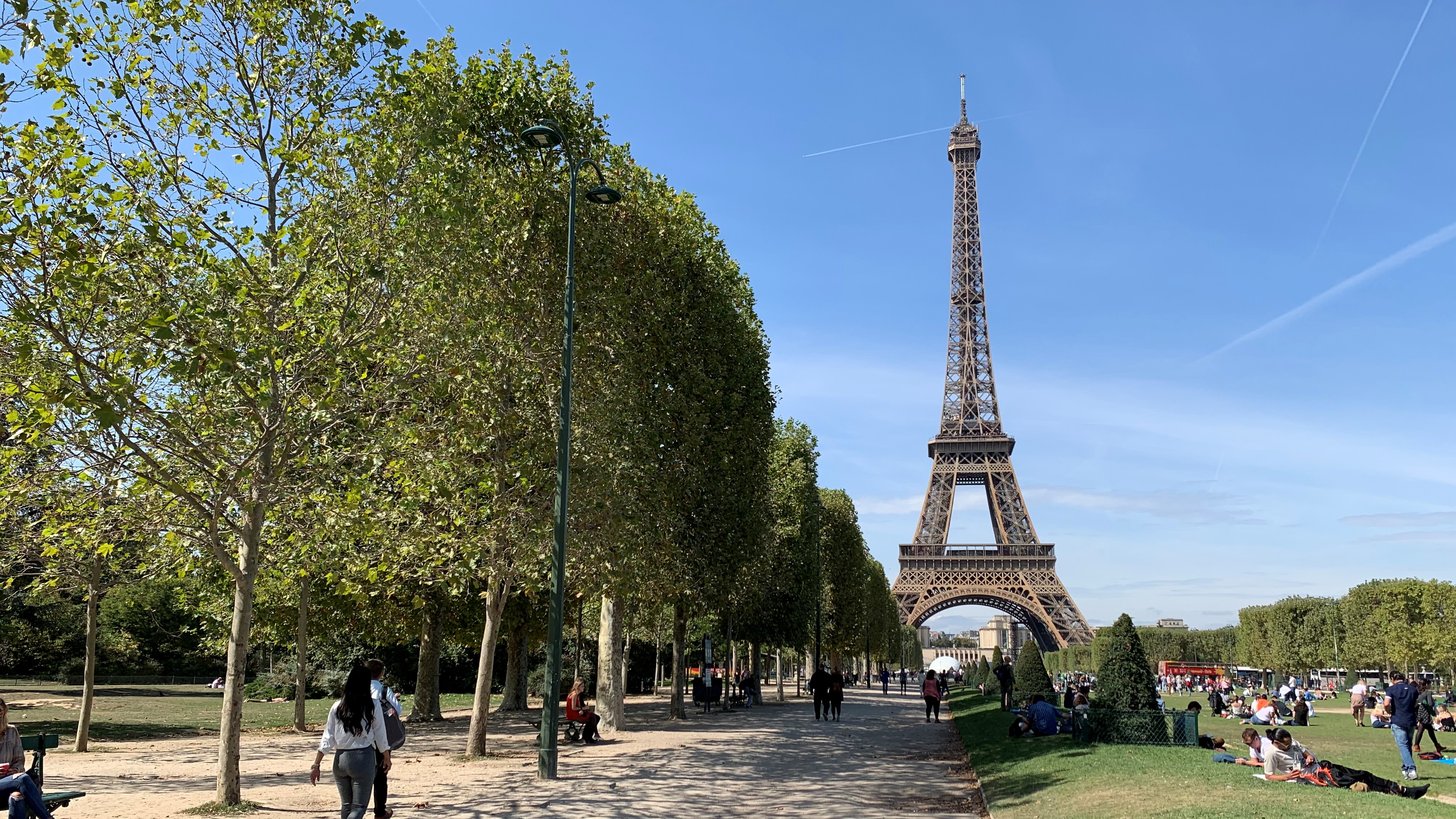
The best time to see the Eiffel Tower is when the city ceases to be Paris and becomes la Ville Lumière (the City of Lights). Once the sky turns dark, the Eiffel Tower sparkles with 20,000 lightbulbs for the first ten minutes of every hour until 1 AM. Parisians and tourists alike gather to wonder at the beacon of light in the night, shining like thousands of stars. Just be wary of pickpockets and the hoard of knickknack salespeople (as you should be in any popular tourist spot). Also, be careful about sharing photographs of the lightshow, too, since they’re technically protected by copyright.
Where to Eat
Many consider French cuisine to be where cooking becomes an artform, so of course the food is a major reason to visit Paris. Even if it’s not the case for you, treat yourself to at least one meal at a well-known establishment. Some of our favorites are famous bistros Le Comptoir du Relais and Chez L’Ami Jean, hidden gem Chez Fernand on Rue Christine, and the Michelin-starred Baieta. If you happen to be in Montmartre, check out Le Petit Moulin, a wine bar and bistro that serves meat and cheese platters. The owner also hosts food tours of Montmartre, if that interests you. Also in Montmartre is Le Cabanon de la Butte, which you should visit for great food and service and an incredible view of Paris.
Signs of a Good Restaurant in Paris
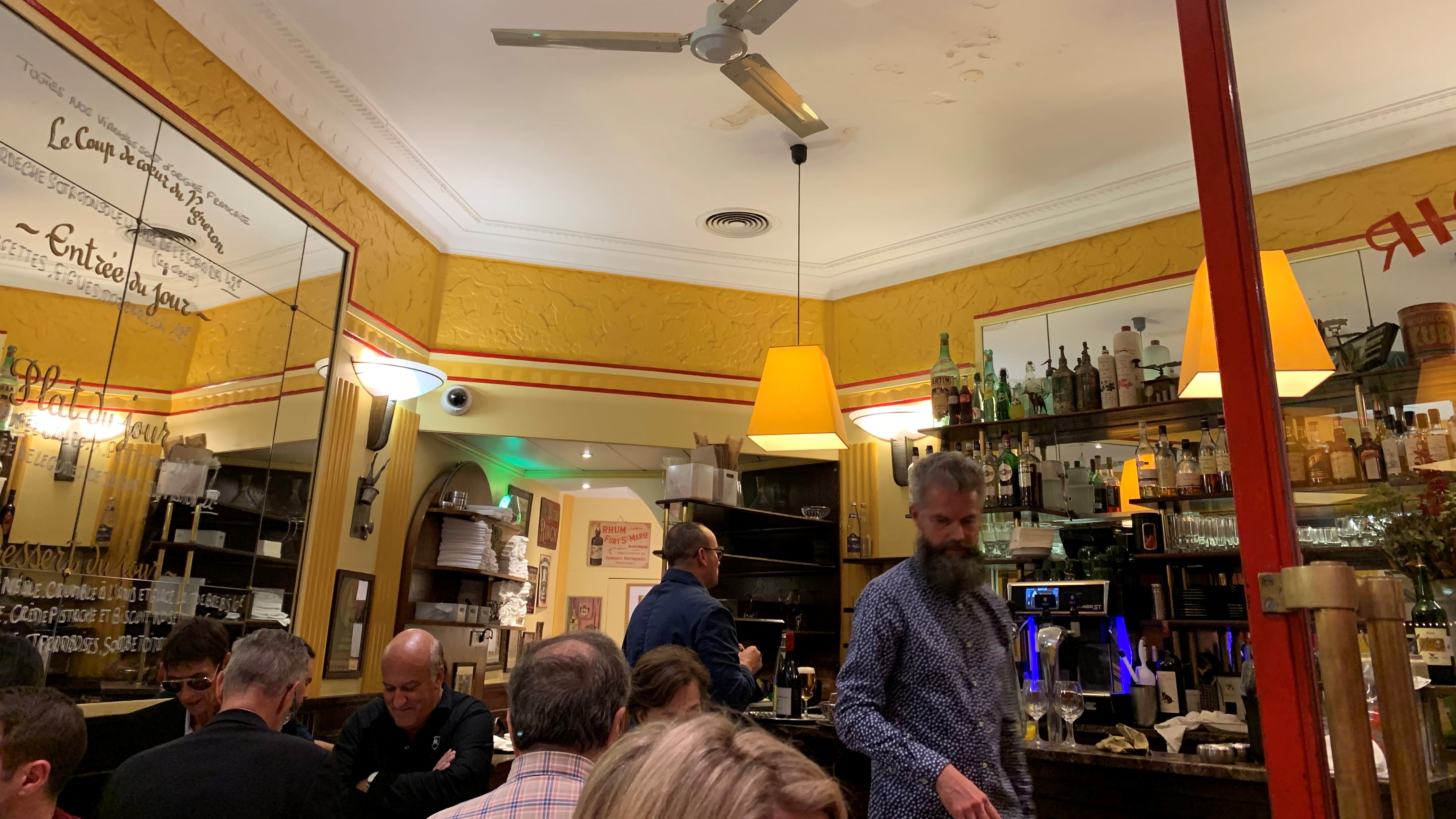
Beside specific locations, what are a few signs that a place would be a good place to eat at? When it comes to bistro food, it’s hard to go wrong, especially if there’s a prix fixe menu — a set menu with one price for multiple courses. That said, if there’s someone outside loudly trying to sell the place, you may want to keep walking. Many actually authentic restaurants have a handwritten menu, since that’s what the chef was able to buy fresh at the market that morning. Another sign of fresh meals is a smaller menu — the smaller the menu, the more likely that food is to be fresh. As with any restaurant, a little research pays before choosing, so you don’t fall into a tourist trap.
Dining Notes
Finally, there are three items to note that can make or break your dining experience. When it comes to outdoor dining, don’t wait to be seated. If there’s a table open outside, sit down and a server will be around to take your order. Speaking of servers, don’t expect them to check in constantly. Some visitors think this is poor service, but the French actually think an over-attentive server is rude and ruins your dining experience. If you need the server, make eye contact and say “Merci” or “Pardon” to signal you need help. Finally, at the end of the meal, you may feel pressured to tip, but you don’t need to. Most restaurants build a service charge into your bill, but don’t feel like you can’t tip. Tips for exceptional service are always accepted.
Nearby Day Trips
You could easily spend your entire vacation in Paris, but it may be tempting to get out of the city and see France. Luckily, there are a few excellent options for day trips. The three below are close enough to travel to for the day and make it home in time for dinner!
Champagne Region
The Champagne region of France is legally the only place in the world where champagne sparkling wine can be made, making it the home of some of the most prestigious wine companies in the world. If you’re a fan of champagne, a trip out to the champagne maisons and cellars is a must!
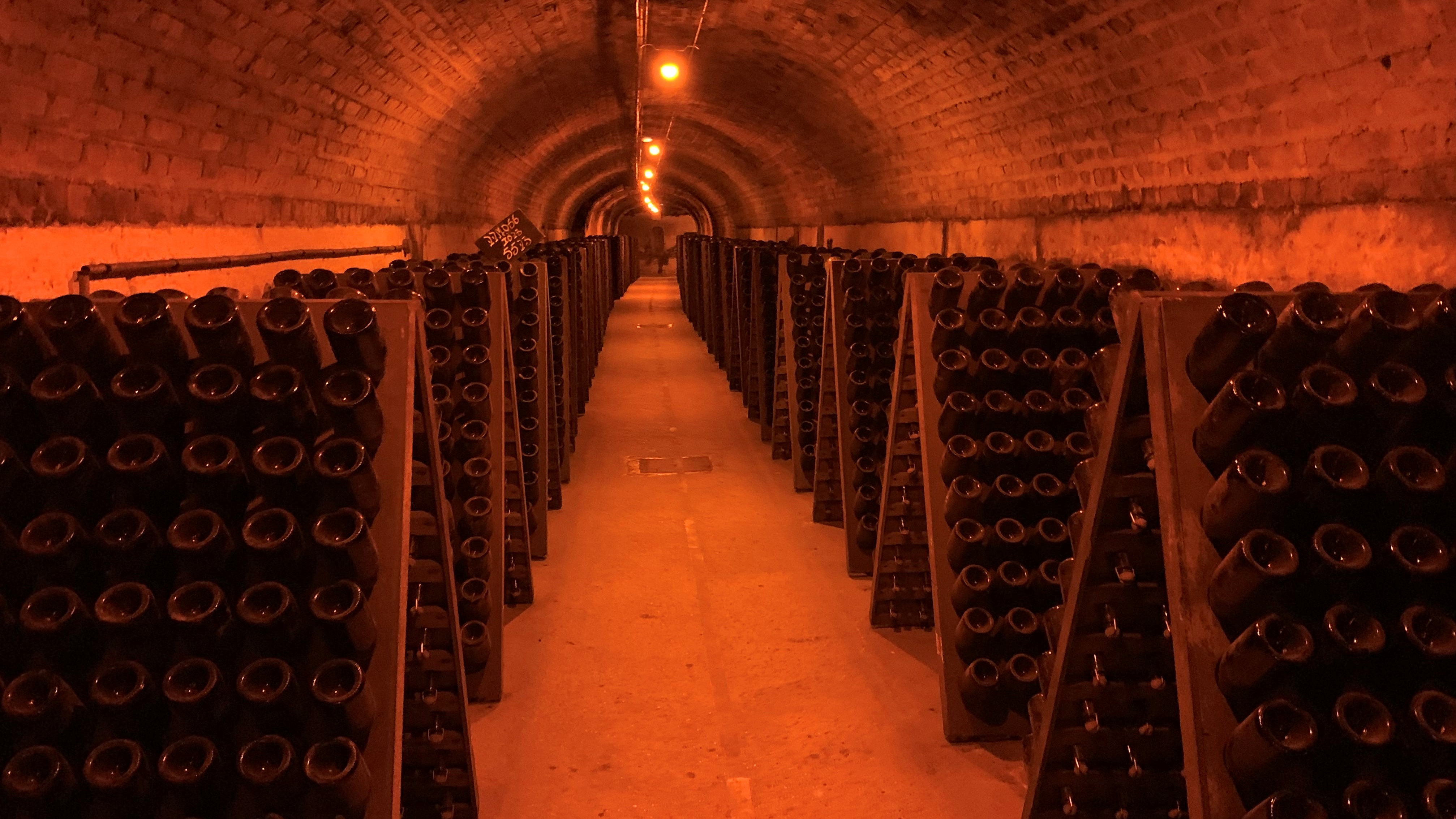
The easiest way to see this region is with an organized tour group, who will cover the transportation, tours, and tickets to the individual maisons. We don’t recommend driving, since France has strict drink driving laws. If you take trains, pick the trains first, based on their schedule, and then choose which cellars to tour. Reims and Epernay are the two major cities in the region, probably with the most places to tour.
The Beaches of Normandy
World War II buffs will likely want to make a stop at the beaches of Normandy, where the D-Day landing occurred and the Allied troops’ push back of the Nazis began. To this day, you can still walk the beaches and see the bunkers where one of the most important battles of the war was fought.
A guided tour is a great way to get all the details while having transportation covered. You can also take a few different SNCF trains into Normandy though you’ll likely need local transportation from there. You can also rent a vehicle and drive, though this will be almost a three-hour drive to Sword Beach, the closest of the major beaches.
Versailles
Of the three day-trips we’re covering, the one to the place that’s most visited is the trip to the Château de Versailles, the former home of France’s kings and queens prior to the French Revolution. Wander the château to see the famous Hall of Mirrors or the incredible gardens and explore the where the affairs of state were handled and famous guests welcomed.
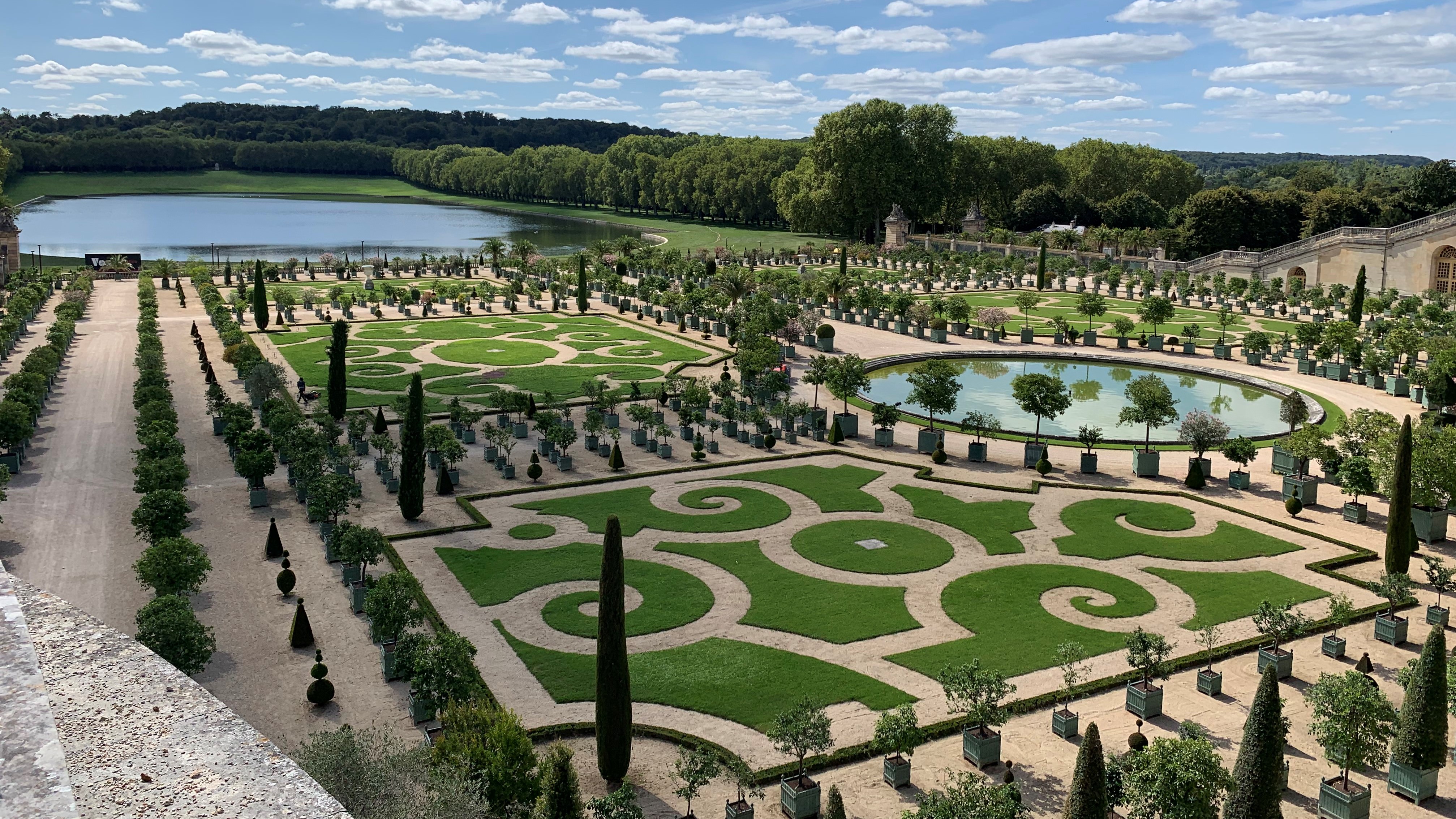
Luckily, Versailles is very close to Paris, only 16 miles away, making it an easy day trip to achieve. It’s also the easiest to get to on your own. From Paris, take the RER C train to the Gare de Versailles Chateau Rive Gauche/Versailles Chateau Rive Gauche/Versailles – Rive Gauche station (different maps call it one or the other). From the station, it’s only a 13-minute walk to the château. This makes Versailles a very affordable day trip, too, since it’ll just be the cost of train ticket and estate passport or ticket. If you can find it, though, we suggest finding a skip-the-line ticket, since the line to get into the palace can be extremely long. This also may make a guided tour worth it, since many are skip-the-line for entry and provide transportation and a guide.
Important Phrases
Speaking fluent French is not required to get around France (many French speak impeccable English), but Parisians certainly appreciate you trying. One thing to keep in mind, the French tend to be very proud of their language, and if you mess up, they may correct you. This is not them being rude. They’re just trying to help you learn their beautiful language. If you do want to learn French for your trip, we suggest taking a class or getting help, since French can be a complex language for non-speakers. Depending on your or your audience’s gender, certain words may be different or pronounced differently. To get you started, we’ll include a few essential phrases!
| The French | Pronunciation | The English |
|---|---|---|
| Salut | suh-loo | Hello |
| Bonjour | bon-jore | Hello/Good Day |
| Au revoir | Oh reh-voir | Goodbye |
| S’il vous plaît | Seal voo play | Please |
| Merci | Mare-see | Thank you |
| Merci beaucoup | Mare-see bo-coo | Thank you very much |
| Je suis désolé | juh swee day-so-lay | I am sorry |
| Pardon | Par-dohn | Pardon/sorry |
| Je ne comprends pas | juh ne com-pron pah | I don’t understand |
| Plus lentement, s’il vous plait? | Ploo lawnt-mon, seal voo play | More slowly, please |
| Parlez-vouz anglais? | Par-lay-voo on-glay | Do you speak English? |
| Où sont les toilettes | Oo saw lay tuah-let | Where is the bathroom? |
| Où est Notre Dame? | Oo ay Notreh Dom | Where is Notre Dame? |
| Pourrais-je avoir l’addition, s’il vous plait? | Poo-ray-juh ah-voir la-di-shon, seal voo play | May I have the check please? |
Further Reading
The Shop & Enroll Blog — A Senior Guide to All-Inclusive Resorts
The Shop & Enroll Blog — A Senior Guide to Barcelona
The Shop & Enroll Blog — A Senior Guide to Dublin
The Shop & Enroll Blog — A Senior Guide to the Finger Lakes
The Shop & Enroll Blog — A Senior Guide to Las Vegas
The Shop & Enroll Blog — A Senior Guide to Lisbon
The Shop & Enroll Blog — A Senior Guide to London
The Shop & Enroll Blog — A Senior Guide to Lucerne
The Shop & Enroll Blog — A Senior Guide to Madrid
The Shop & Enroll Blog — A Senior Guide to New York City
The Shop & Enroll Blog — A Senior Guide to New Orleans
The Shop & Enroll Blog — A Senior Guide to Rome



